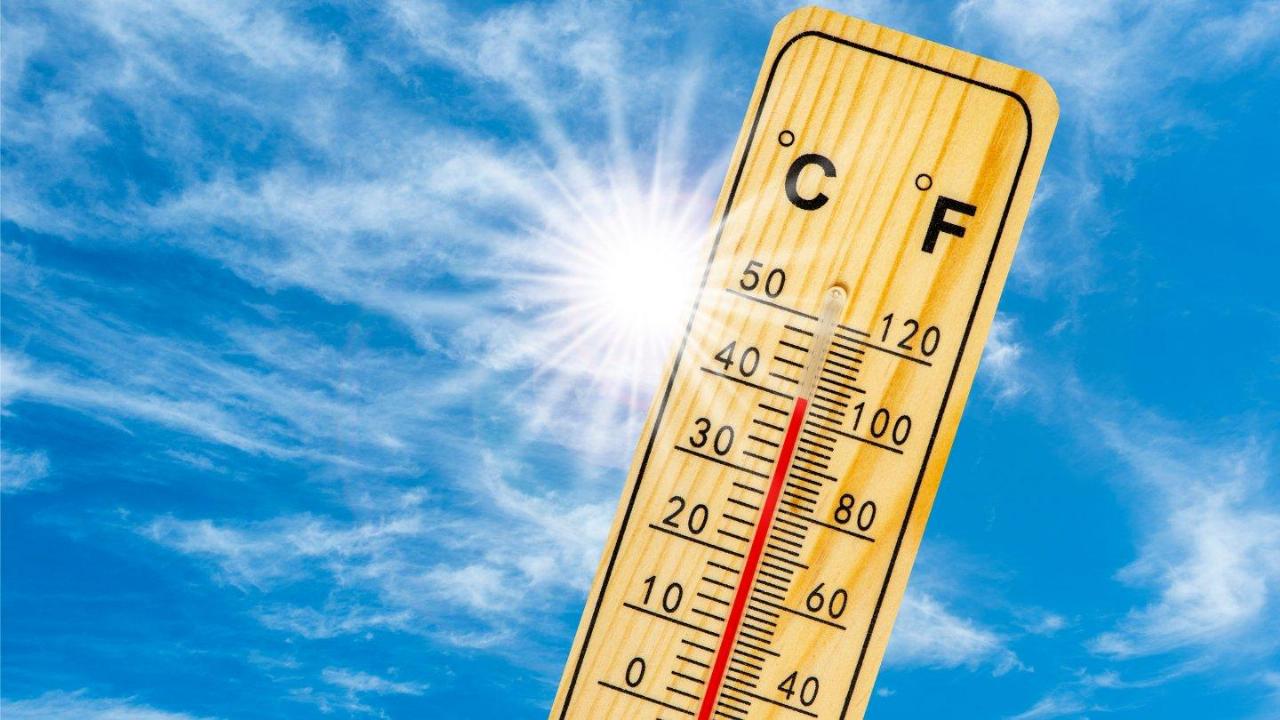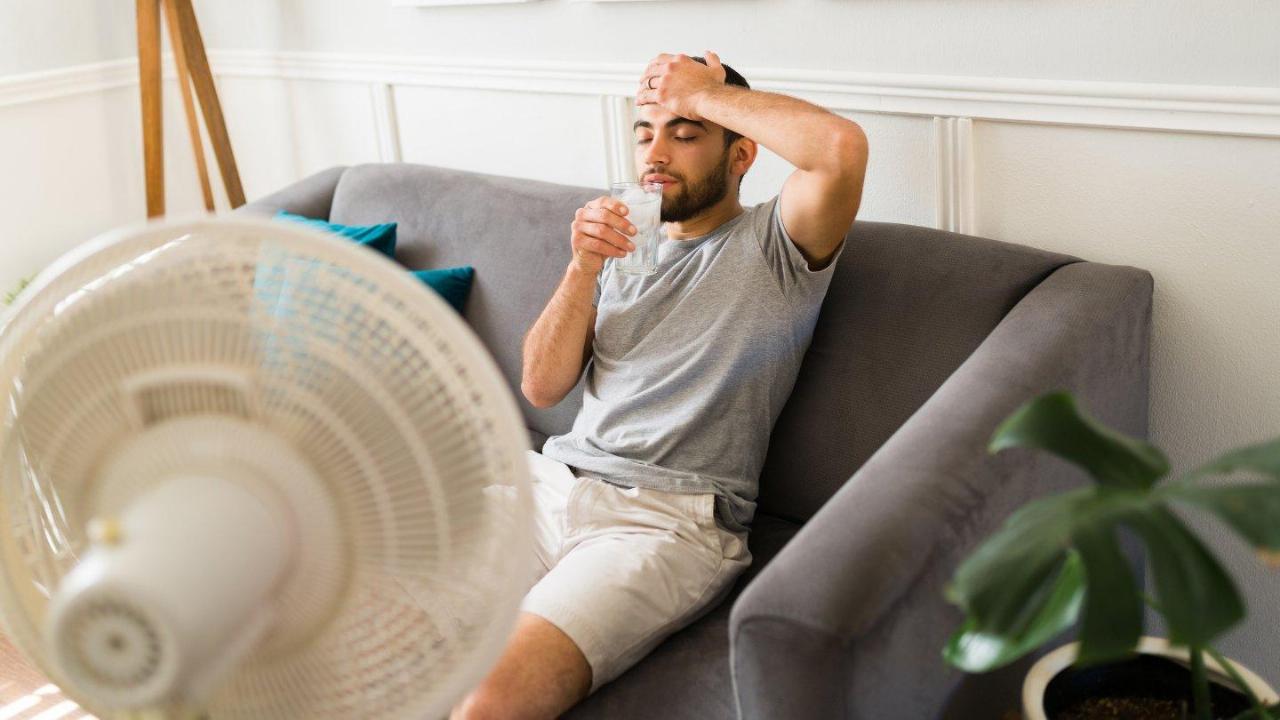
Summer heatwaves can transform our beloved homes into uncomfortable hot zones that affect both our comfort and health. With rising global temperatures, knowing how to maintain a cool living environment has become an essential skill for homeowners everywhere. This comprehensive guide will walk you through practical, effective strategies to keep your home comfortable even during the most intense summer heat.
Smart Window Management
Strategic opening and closing times
One of the most effective ways to regulate your home temperature costs virtually nothing. According to Casa Jedo experts, timing is everything when it comes to window management during hot weather. Keep windows closed during daylight hours when outside temperatures exceed those inside your home. This simple strategy prevents hot air from infiltrating your cool interior space. Once evening arrives and outdoor temperatures drop, open windows on opposite sides of your home to create a cooling cross-breeze that naturally lowers indoor temperatures.
Utilizing blackout curtains and blinds
Window coverings play a crucial role in heat management. Blackout curtains or thermal blinds can block up to 99% of incoming sunlight, significantly reducing heat gain. For maximum effectiveness, close curtains or blinds on east-facing windows in the morning, south-facing windows during midday, and west-facing windows in the afternoon to track the sun’s movement. This targeted approach to window shading can reduce indoor temperatures by several degrees without any energy consumption, making it an excellent heatwave protection technique.
Home Cooling Systems
Energy-efficient air conditioner usage
While air conditioning provides immediate relief during extreme heat, it comes with significant energy costs. Running an air conditioner continuously for 24 hours can cost between £4.84 and £6, making efficient usage essential. Set your thermostat to 24-26°C (75-78°F) rather than extremely cold settings to maintain comfort while reducing energy consumption. Regular maintenance including filter cleaning and professional servicing ensures optimal performance. Consider investing in newer, energy-efficient models that can reduce cooling costs by up to 30% compared to older units while providing the same level of thermal comfort.
Setting up fans for optimal airflow
Fans represent a cost-effective alternative to air conditioning, with operational costs ranging from just 15p to 31p for 24 hours of continuous use. Position ceiling fans to rotate counterclockwise during summer, pushing air downward to create a cooling breeze. For standing fans, place them near windows in the evening to help pull in cooler outside air. During particularly hot days, place a bowl of ice in front of a fan to create a makeshift cooling system that blows chilled air. Remember that fans should not be used when indoor temperatures exceed 35°C, as they may contribute to dehydration rather than providing relief.

Heat-Reducing Home Modifications
Insulation improvements for temperature control
While insulation is often associated with keeping homes warm in winter, quality insulation works year-round by preventing heat transfer in either direction. Adding adequate insulation to attics and walls creates an effective barrier against summer heat infiltration. Sealing air leaks around windows, doors, and ductwork prevents warm air from entering your home. According to home cooling experts, proper insulation can reduce cooling costs by up to 20% while maintaining consistent indoor temperatures, making it a worthwhile investment for long-term summer temperature management.
Roof and exterior treatments to reflect heat
The exterior of your home, particularly your roof, absorbs significant solar radiation. Light-colored or reflective roof materials can reduce heat absorption by up to 80% compared to standard dark materials. Consider applying reflective roof coatings or installing radiant barriers in the attic to minimize heat transfer into living spaces. Exterior awnings can shade windows and reduce heat gain by up to 77%, while strategically planted trees provide natural shade that lowers surrounding air temperatures through evapotranspiration, creating a naturally cooler microclimate around your property.
Natural Cooling Methods
Creating cross-ventilation in your home
Effective ventilation requires more than simply opening windows. Creating pathways for air to move through your home requires strategic planning. Open windows on opposite sides of your living space to encourage air movement. Consider installing window fans on the shadier, cooler side of your home to pull in fresh air while placing exhaust fans on the opposite side to push hot air out. For multi-story homes, utilize the stack effect by opening lower windows on the cooler side and upper windows on the warmer side, allowing rising hot air to escape while drawing in cooler replacement air, which enhances ventilation strategies.
Using plants and water features to lower temperatures
Indoor plants do more than enhance aesthetics. Through a process called transpiration, plants release moisture into the air, creating a natural cooling effect similar to a small evaporative cooler. Large-leafed species like peace lilies and rubber plants are particularly effective. Small indoor water features like tabletop fountains increase humidity and create a cooling effect as water evaporates. Strategic outdoor planting of deciduous trees on the south and west sides of your home provides summer shade while allowing beneficial winter sun exposure, demonstrating how landscaping contributes to heat adaptation throughout the year.
Reducing Indoor Heat Sources
Electronics and appliance management
Many homeowners overlook the significant heat generated by everyday electronics and appliances. Computers, televisions, and gaming consoles produce substantial heat when operating. Unplug devices when not in use and consider scheduling computer-intensive tasks for cooler evening hours. Traditional incandescent light bulbs convert 90% of their energy to heat rather than light, making a switch to LED lighting an effective way to reduce indoor temperatures. Even small changes like moving lamps away from thermostats can improve cooling efficiency by preventing false temperature readings that cause cooling systems to work harder than necessary.
Heat-free cooking strategies
Kitchen activities significantly impact indoor temperatures, with conventional ovens capable of raising room temperature by several degrees during operation. During heatwaves, consider heat-free meal preparation using appliances like slow cookers, microwaves, and electric pressure cookers that generate minimal heat. Outdoor cooking on grills or preparing cold meals like salads and sandwiches eliminates cooking heat entirely. When indoor cooking is necessary, use kitchen exhaust fans to remove hot air and moisture. Scheduling any necessary baking or roasting for early morning or late evening hours helps maintain comfortable indoor temperatures throughout the day, contributing to overall overheating prevention.
By implementing these comprehensive cooling strategies, you can transform your home into a comfortable sanctuary even during the most challenging summer heatwaves. These approaches not only enhance comfort but also reduce energy consumption and associated costs while minimizing health risks related to excessive heat exposure. With climate projections indicating more frequent and intense heatwaves in the future, these home cooling techniques represent a valuable investment in both immediate comfort and long-term resilience.



